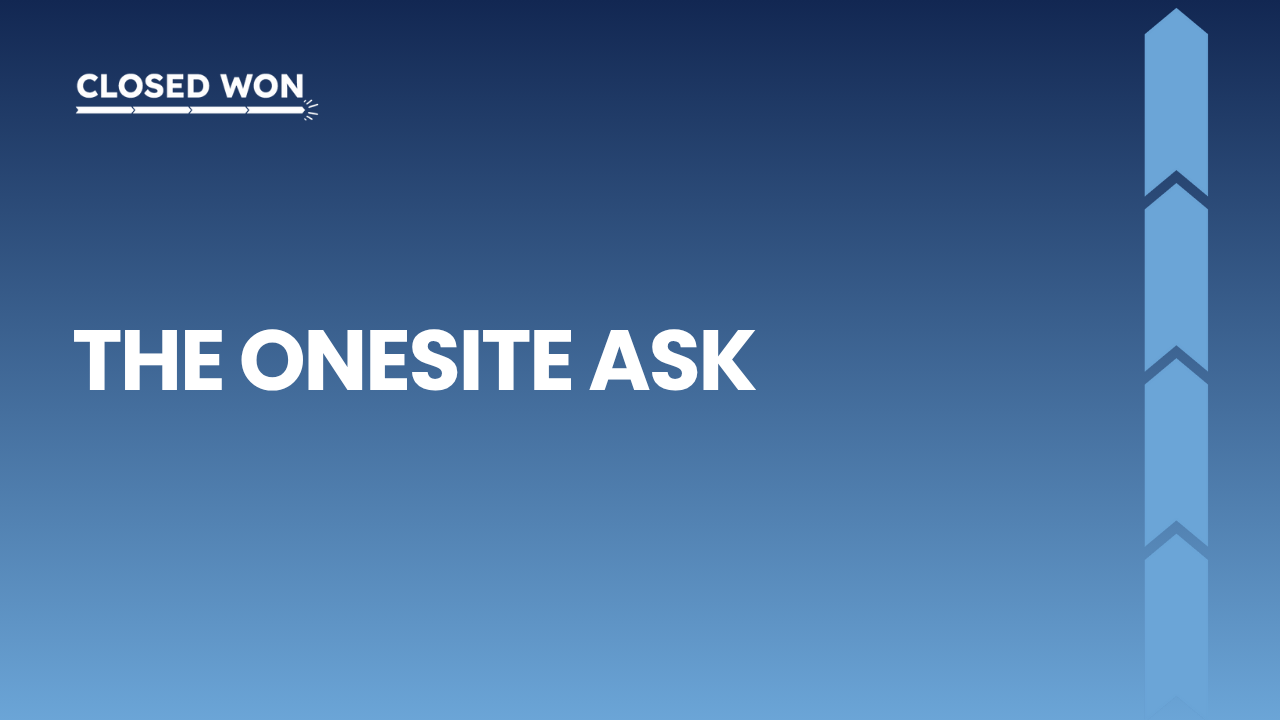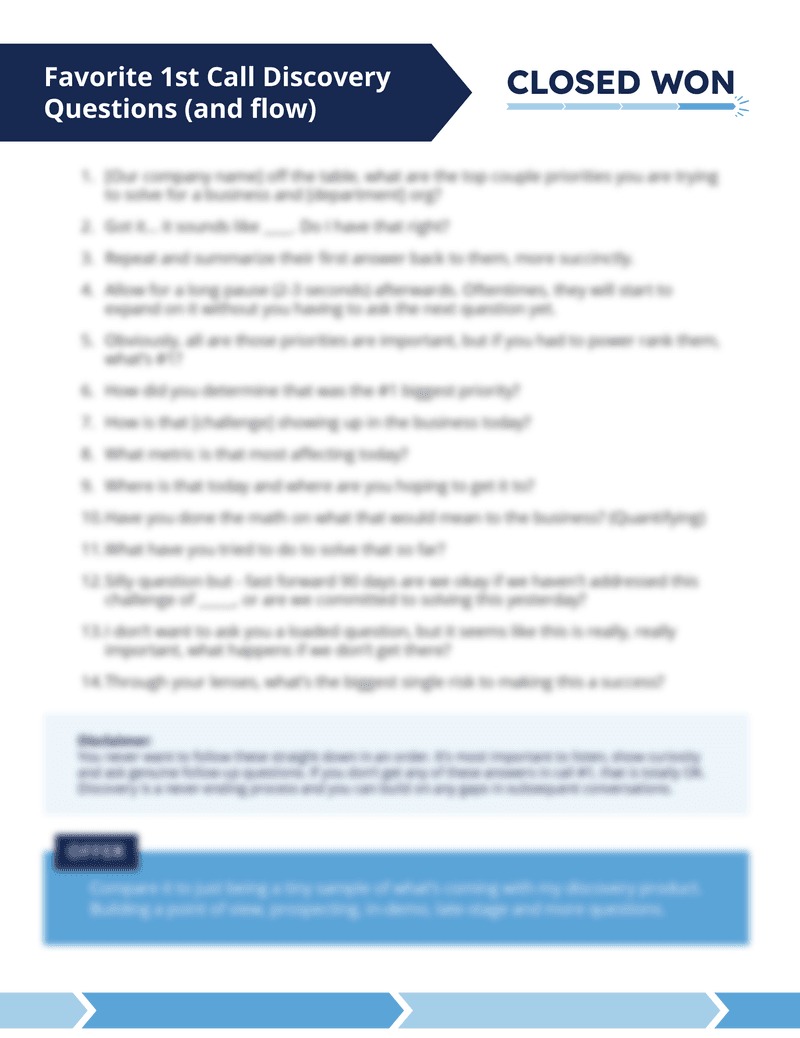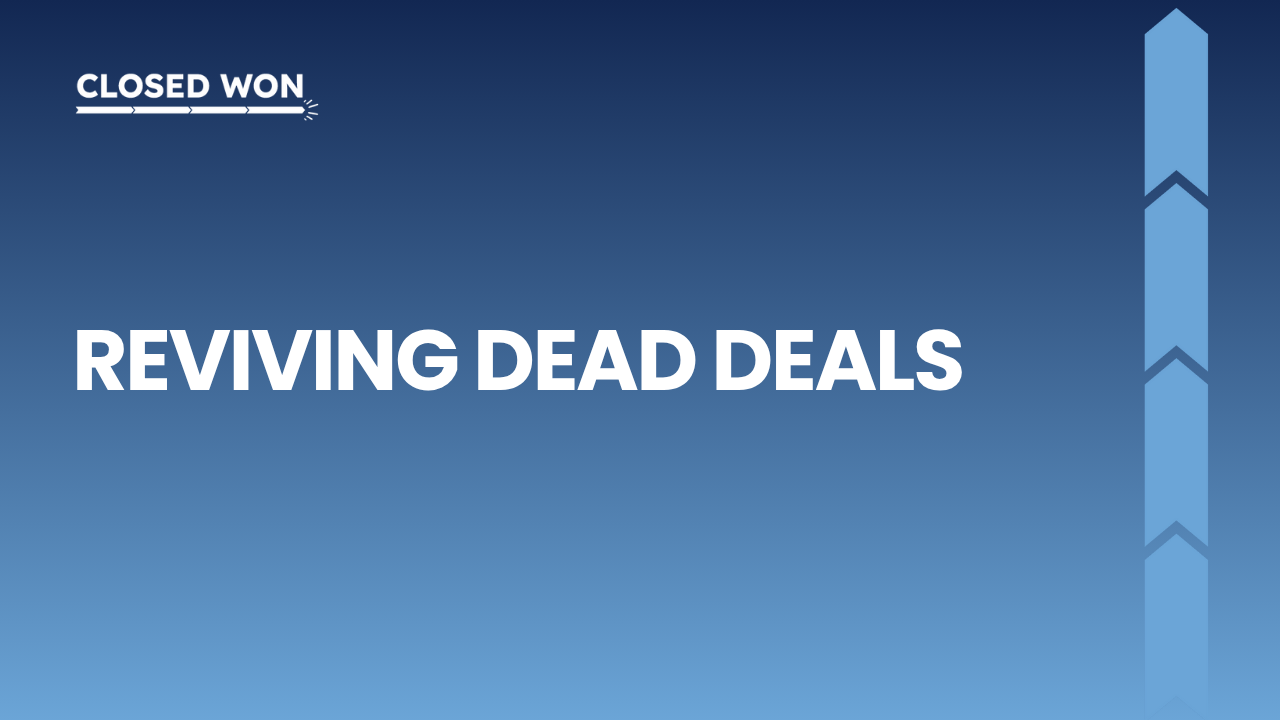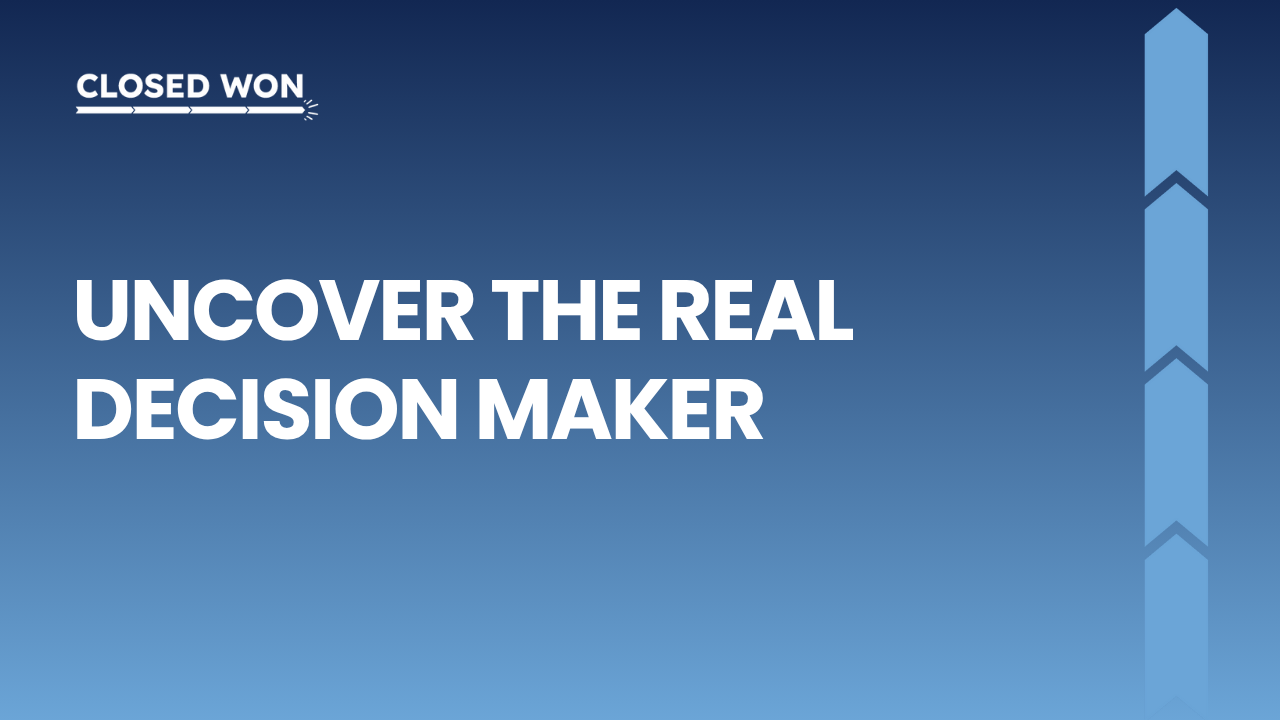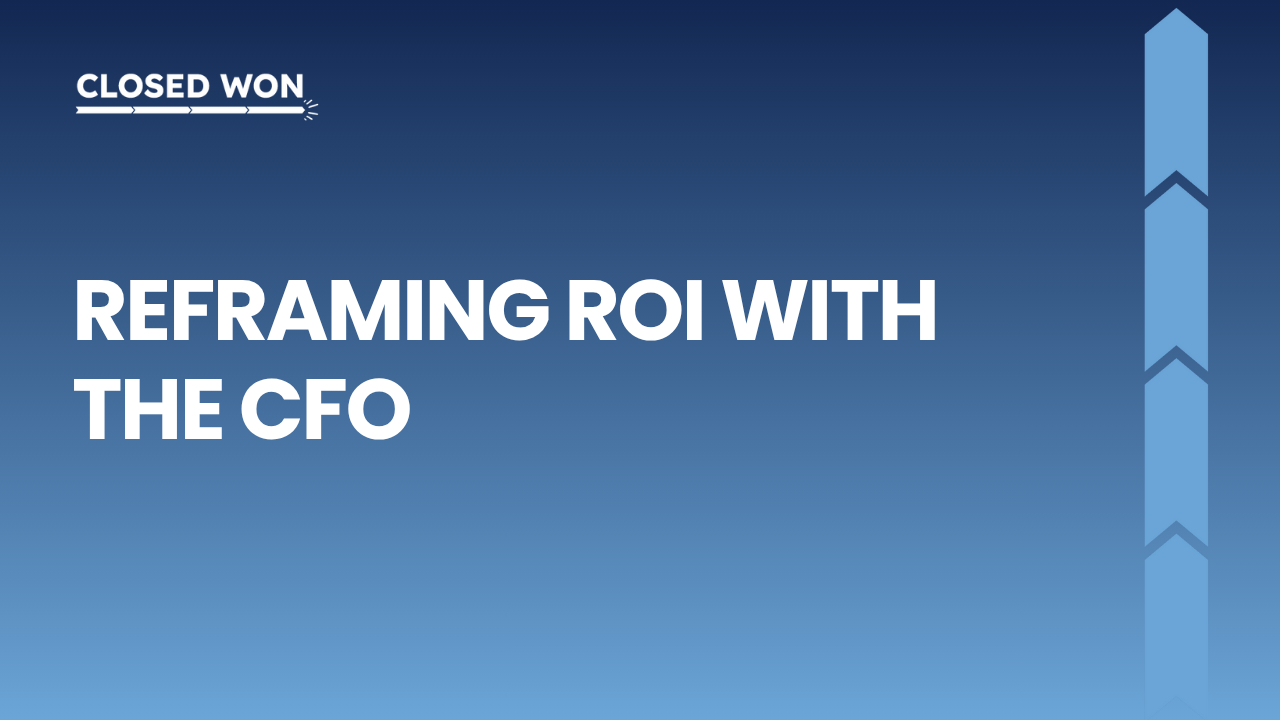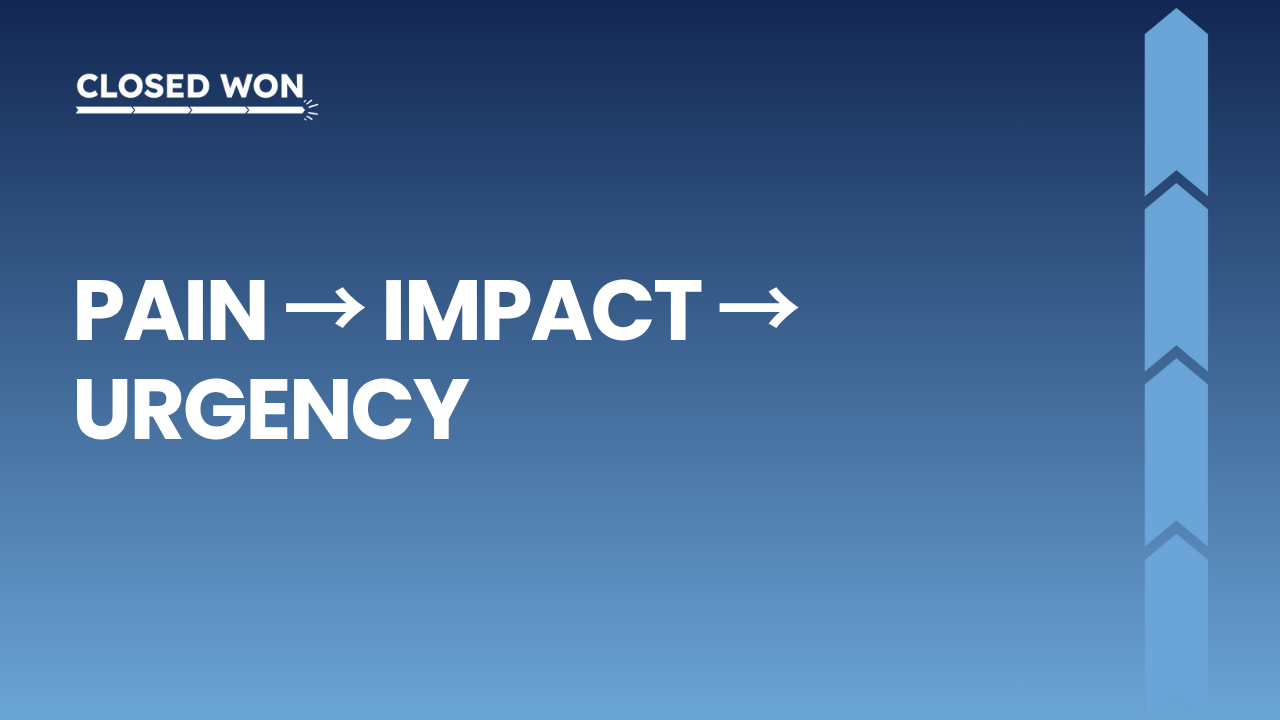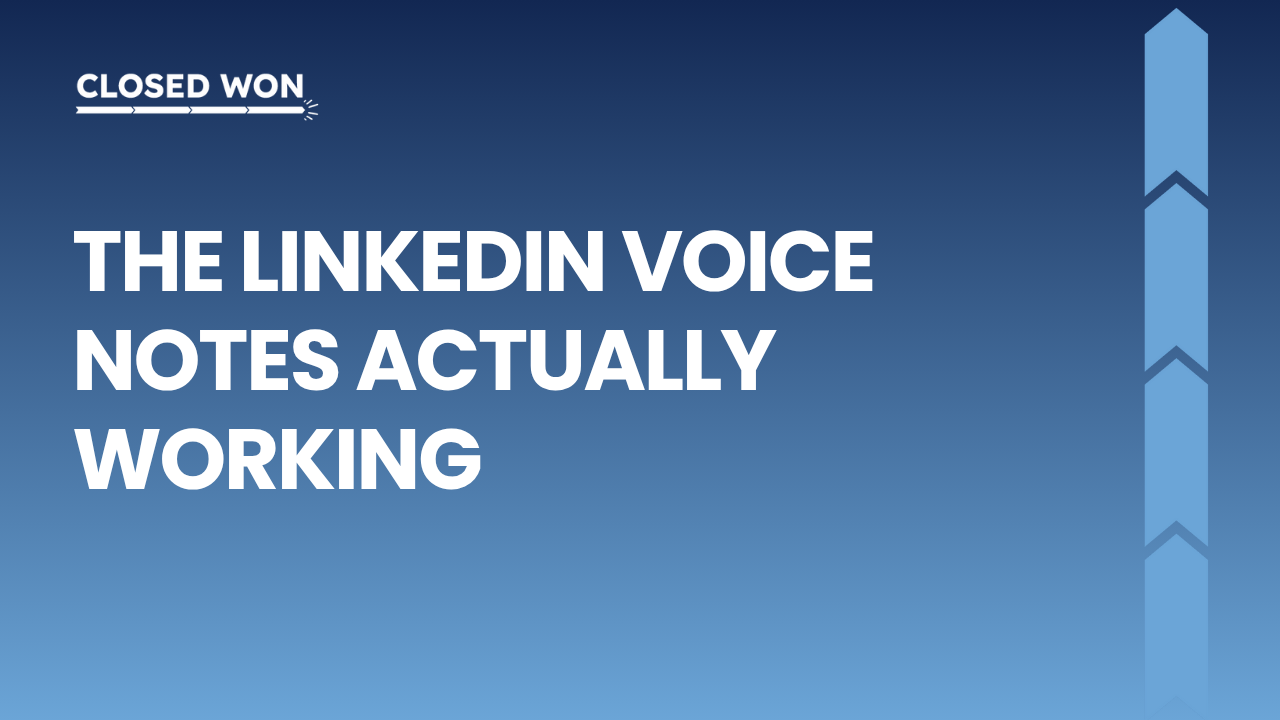The US Government is taking a 10% stake in Intel. $8.9 Billion.
NEWS TO KNOW
Intel has been struggling for years against newer players like AMD and Nvidia.
Is it dangerous the government is getting into private companies?
📚 – Favorite 9 Discovery Questions from a Unicorn Sales Leader
📝 – Voicemail Script to Drive… Email Responses?
💸 – Lean INTO Hard Conversations
BEST FROM LAST WEEK
| The Onsite Ask: Tactical Talk Tracks for Every Stage Master the art of the assumptive onsite request with stage-specific conversation frameworks Why On-sites Matter More Than Ever In today’s digital world, face-to-face meetings can become the ultimate differentiator. They’re deal accelerators that build trust, create urgency, and close business faster than any Zoom call ever will. The key to success? Making the onsite ask assumptive, not optional. |

Early Stage: Plant the Seed (Discovery/Initial Qualification)
The Framework
At this stage, you’re establishing the process and setting expectations.
“[Name], based on what we’ve discussed, it sounds like there’s real potential here.
Here’s typically how we move forward with companies like yours. After we finish our initial discovery, we’ll want to get our technical team in front of your key stakeholders for a deeper dive session.
That usually happens at your office so we can see your current setup firsthand. We could come as early as next week.”
Why it works: You’re not asking IF you’ll meet, but establishing HOW the process works. It’s consultative and positions the onsite as standard procedure.
Mid Stage: Create Momentum (Solution Design/Proposal Phase)
The Framework
Now you’re building urgency and positioning the onsite as the natural next step. The prospect is engaged, and you need to accelerate the timeline.
“[Name], we’ve covered a lot of ground, and I can see exactly how we’d solve the [specific pain point] challenge you mentioned.
The next step is for me to bring our solutions engineer and leader to map this out with your team directly.
We’d love to meet the team in person. Would next Tuesday or Wednesday work better for us to spend a few hours at your office walking through this together?”
Why it works: You’re offering choice of timing, not choice of format. The onsite becomes the obvious solution to moving forward.
Late Stage: Accelerate to Close (Negotiation/Decision Phase)
The Framework
At this stage, the onsite is about removing final objections, building consensus, and creating the urgency needed to close.
Every conversation should drive toward an in-person meeting.
“It feels like we are on a strong path to get this finalized by end of month.
We’d love to come meet the team and start to workshop what implementation will look like and give you all clear expectations of resource planning as well as your first 30/60/90 days.
How would next week work if we could make the trip out to ___?”
Why it works: You’re assuming the close while making the onsite about their success. The timeline urgency creates natural momentum.

The Assumptive Mindset
Always lead with value
Every onsite request should answer the prospect’s unspoken question: “What’s in this for me?” Connect the meeting directly to their desired outcomes.
Make It About with Value
Frame onsites around their needs: seeing their environment, meeting their stakeholders, understanding their unique situation. Never make it about your deal closing.
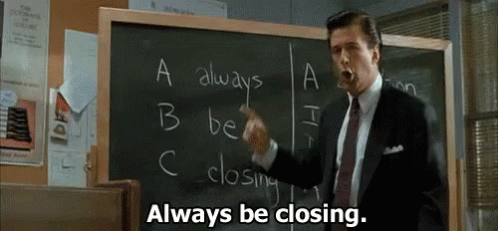
The Bottom Line
When you bring it up, be assumptive that it’s part of your process and focus on making it valuable for everyone involved.
If you’re not asking for onsites, your competition is.


